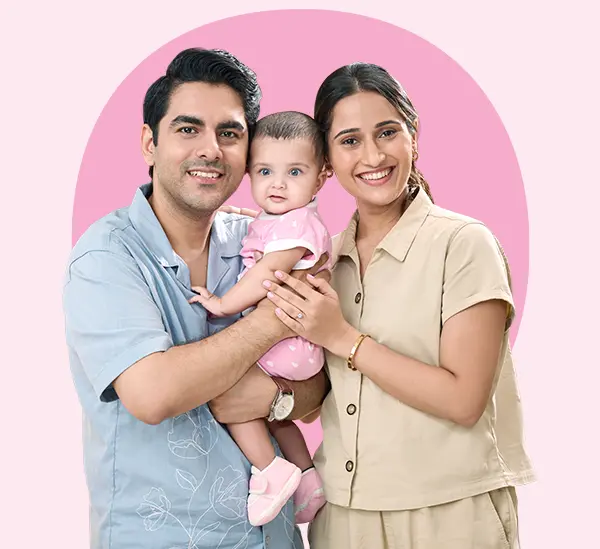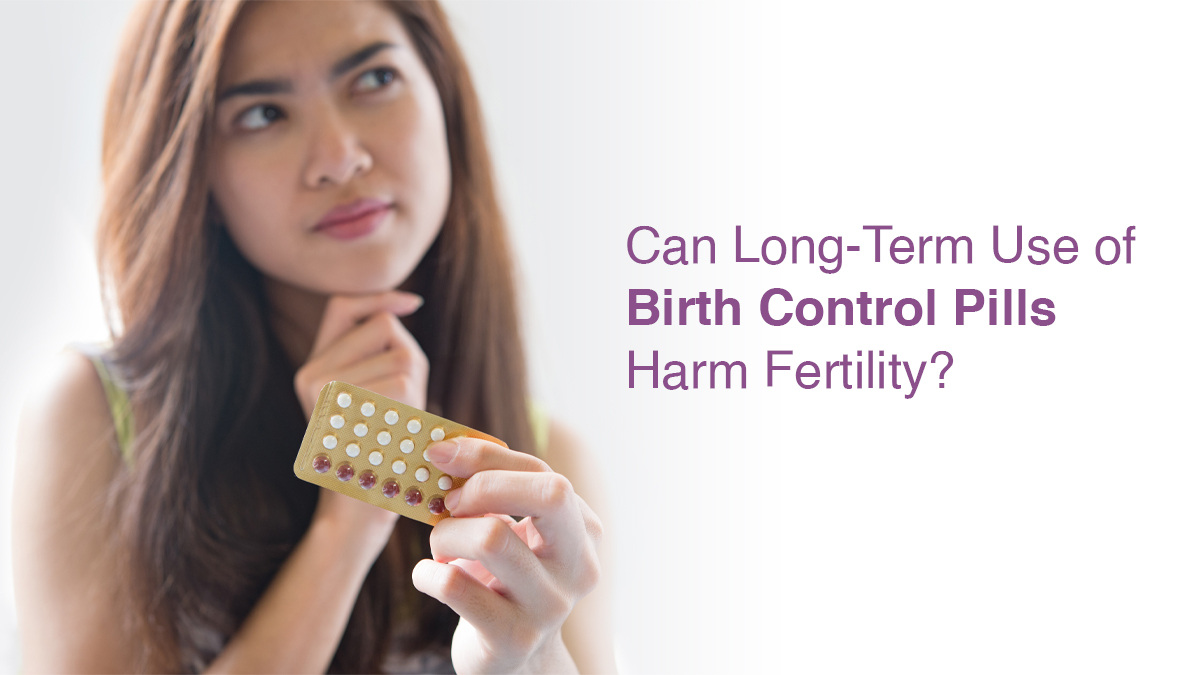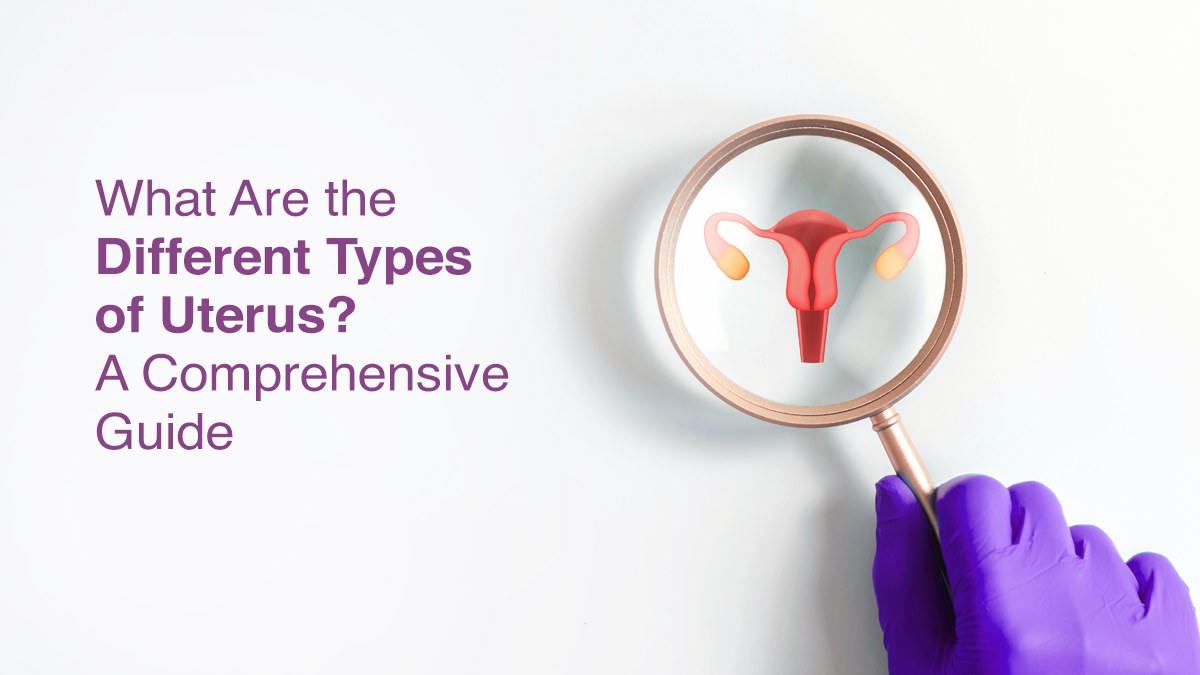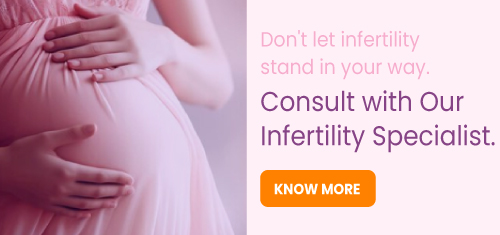
Causes and Symptoms of Thin Endometrium

You must have heard about the importance of the uterus in reproductive health and pregnancy. The fertilised egg implants itself on the inner lining of the uterus, the endometrium. The embryo is also nurtured by this lining till delivery. So, the main responsibilities of the endometrium are protecting and nurturing the foetus and expelling menstrual fluid when you are not pregnant. However, some women have an unusually thin endometrium, which can lead to problems in the fertilised egg getting implanted.
What is Thin Endometrium?
The thickness of the uterine lining varies throughout your menstrual cycle. It is thinner during the early follicular stage and thickens in the later stage, in preparation for egg implantation. The normal endometrial thickness, conducive to pregnancy, is 8mm or more. The chances of pregnancy decline when the thickness is below 6mm. While there is a correlation between a thin endometrium and pregnancy, remember that it can also be a symptom of an underlying issue. Damage to the uterine lining can occur due to various reasons. This makes identifying the cause of the thinness important for bringing the thickness of the endometrial lining to normal levels for pregnancy.
Thin Endometrium and Pregnancy
A thin endometrium cannot provide the required support for pregnancy. When the uterine lining is too thin, it does not provide a strong anchor for the fertilised egg. This leads to failure to conceive. If implantation does occur, miscarriage can occur due to the thin uterine lining. If the pregnancy holds, it could lead to deficiencies that affect the growth of the foetus. Early detection and treatment of a thin endometrium can help you realise your dream of parenthood.
Causes of a Thin Uterine Lining
The most common cause of a thin uterine lining is hormonal imbalance, specifically low oestrogen levels. Polycystic Ovary Syndrome (PCOS) can also lead to a thin endometrium due to high androgen levels. Age affects hormone production, with oestrogen levels declining as you grow older. The blood vessels in the endometrium lose their flexibility and do not heal well with age, which ultimately leads to the lining becoming thinner. The thickness of the lining is dependent on blood flow and problems with the blood vessels or circulation can lead to thinning.
Other causes of a thin uterine lining include autoimmune diseases, lack of proper nutrition, STDs and other infections, and the use of certain oral contraceptives.
Symptoms of a Thin Endometrium
The common signs of a thin uterine lining include light or irregular menstruation. If you notice your periods becoming lighter or more irregular than before, consult a doctor as soon as possible. The inability to conceive is also a symptom of a thin endometrium, since it is unable to support egg implantation, or miscarriage occurs due to the thin uterine lining.
The thickness of the lining is commonly evaluated through a transvaginal ultrasound. Other diagnostic tests include sonohysterography, which uses a saline infusion to create a sonogram of the uterine cavity, and hysteroscopy, in which a thin tube is inserted into the uterus via the cervix to view the lining.
Treatment of Thin Endometrium
If you wish to start a family, a good way to prepare is to make healthy lifestyle changes. This can improve the health of your reproductive system, including the uterus. However, if the doctor diagnoses that you do not have normal endometrial thickness for a successful pregnancy, there are various treatment options available for a thin endometrium.
Hormonal therapy:
Oestrogen and progesterone might be prescribed to thicken the endometrium.
Platelet-rich plasma (PRP):
This fluid is rich in growth factors and can be infused into the uterus to improve endometrial thickness.
Endometrial scratch:
This is a minor procedure that involves gently scratching the endometrial lining to stimulate growth.
Balanced Diet:
Ensuring a diet rich in fresh fruits, vegetables, and whole grains can help. You can also include foods rich in iron, such as beetroot, spinach, beans and pumpkin seeds.
Supplements:
L-arginine and Vitamin E are known to improve the thickness of the uterine lining. You can consider other nutritional supplements to ensure that you get the required vitamins and minerals.
Physical activity:
Increasing your physical activity through regular exercise can improve blood circulation and thicken the lining.
Massage:
A trained massage therapist can help improve blood circulation and strengthen muscles, which can help improve the thickness of the uterine lining.
Stress management:
Stress can affect hormone levels and thin the endometrium, so it’s important to get enough rest.
If you have been trying to conceive without success or have observed symptoms of a thin endometrium, visit your nearest Oasis Fertility Clinic. You can also get support from our live chat facility or call 1800-3001-1000 for immediate assistance.


fill up the form to get a
Free Consultation
Avail 0% interest on EMI
All Procedures | No Upper Limit
Frequently Asked Questions
What is the problem with thin endometrium?
Can I get pregnant with a thin endometrium?
Does endometrium thin with age?
Is thin endometrium a serious problem?
Which is better, thick or thin endometrium?
How we reviewed this article:
- Current Version
- October 14, 2024 by Oasis Fertility






